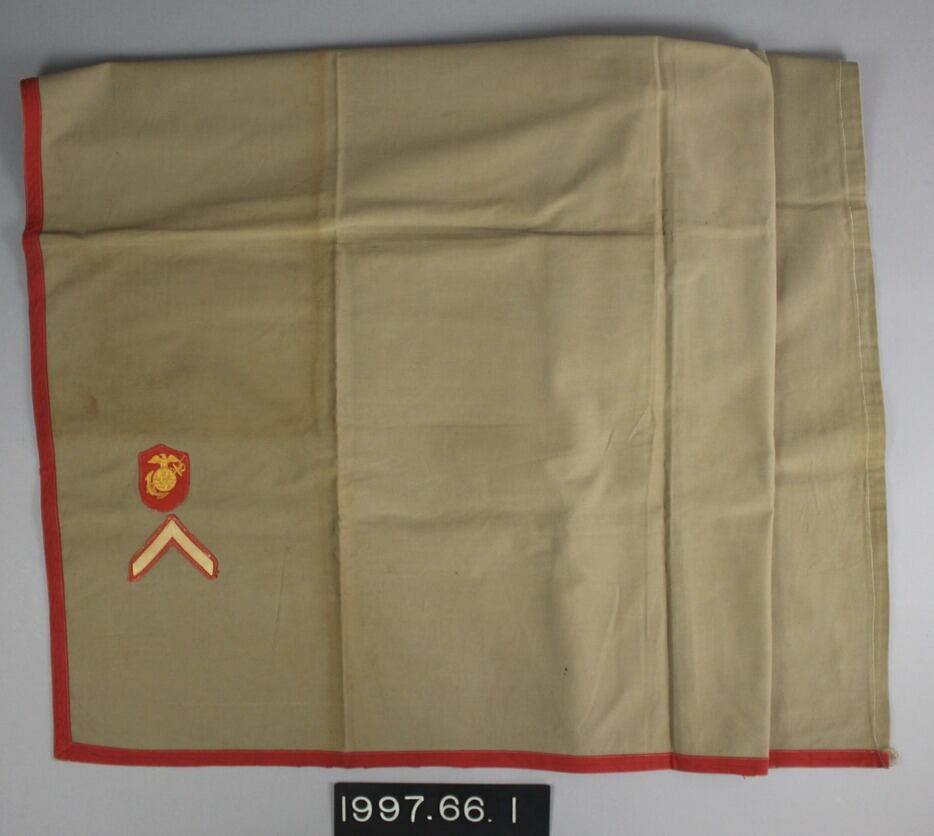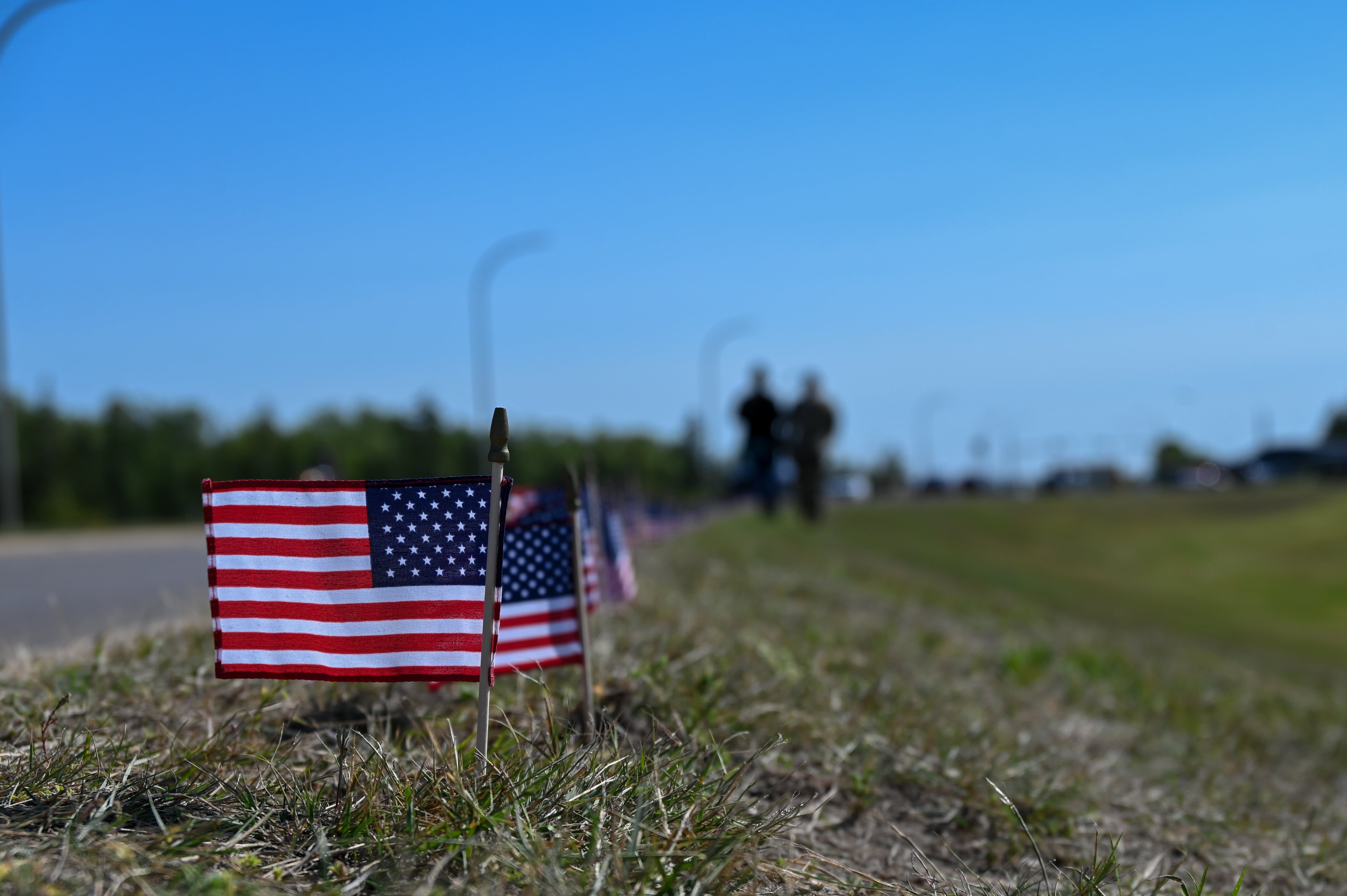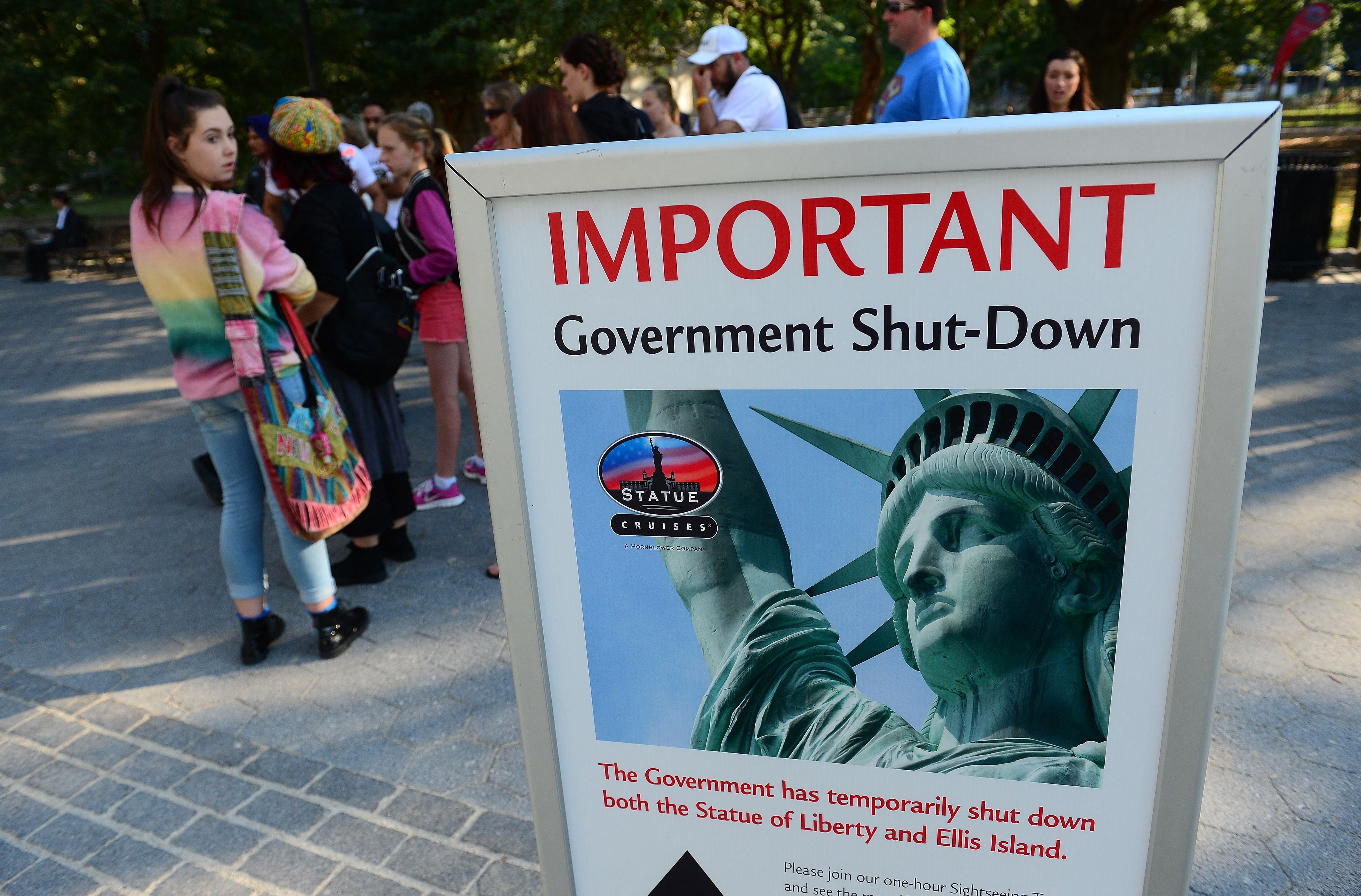During World War II, Pago Pago, on Tutuila, was a lightly-manned base in the Samoa Islands vital to preserving communications between the United States, Australia, and New Zealand. Though the U.S. Navy was tasked with holding it, the 7th Marines were ordered to fortify the garrison. But they didn’t do it alone.
“The Samoans, who were American nationals, would help the 7th defend Tutuila’s 52 square miles of mountainous and jungled terrain,” according to records from the National Park Service.
Thus, the 1st Samoan Battalion, Marine Corps Reserve, was founded in 1941. And they didn’t wear shoes.

The 500-man reserve unit that patrolled and defended the beaches of Tutuila became known as the “Barefoot Marines.”
Their uniform featured a kilt-like khaki wraparound which was called a “Lava-Lava” with the Marine Corps insignia sewn on the lower end along with rank chevrons. The Marines would pair this with a khaki covering and a white shirt.
“Marine uniforms are often appreciated for their history and refined simplicity,” according to the National Museum of the Marine Corps. " But, when it comes to the uniforms of the World War II era, it would be hard to find a more stripped-down or simple ensemble than that of the 1st Samoan Battalion.”
The battalion was dismantled near the end of the war, and in the summer of 1945, Pago Pago resumed peacetime operations like serving as a port for refueling, ship repair, weather forecasting, and supply depot.
Sarah Sicard is a Senior Editor with Military Times. She previously served as the Digitial Editor of Military Times and the Army Times Editor. Other work can be found at National Defense Magazine, Task & Purpose, and Defense News.





